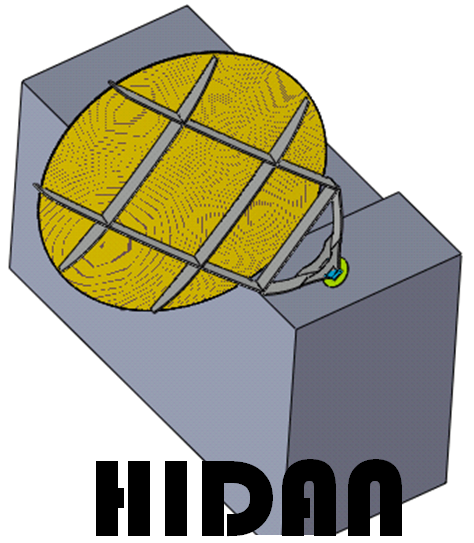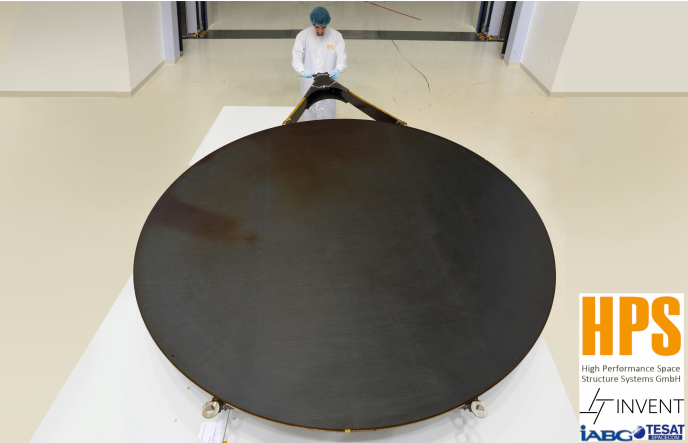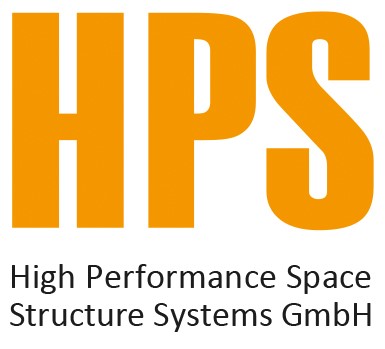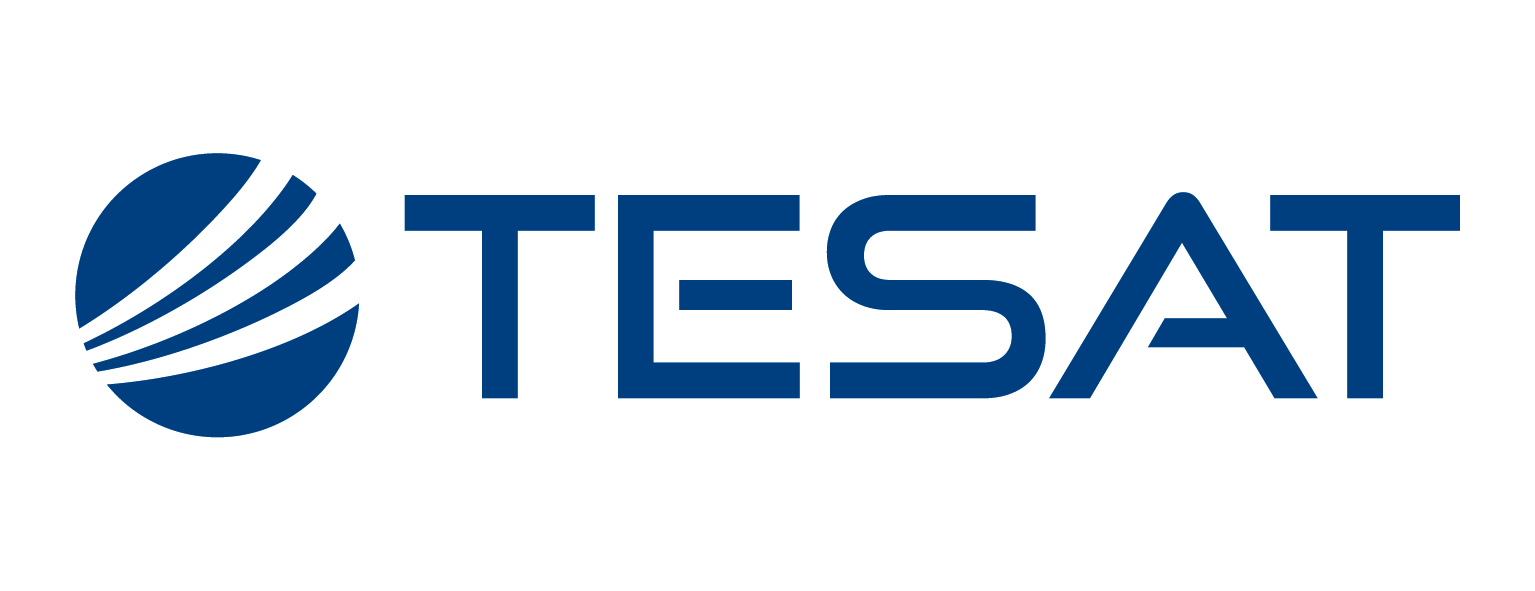
-
StatusOngoing
-
Status date2019-01-17
-
Activity Code5B.122
A European full CFRP Q/V-band reflector technology, initiated in the TRP program already in 2003 by the HPS-project “STAN” (1.2 m reflector, TO at ESA: Julian Santiago Prowald) has been completed by this ARTES project HIDAN, developing an EM with 2.4 m diameter. The manufacturing processes have been consolidated and upgraded by INVENT (DE) implementable to such a large diameter. Surface accuracy of the EM after manufacturing has been measured to 66 µm RMS (50 µm estimated without gravity). The design concept proved to be applicable for multi-beam telecom application. An extensive test campaign has been very successfully performed: Vibration-, acoustic-, thermal cycling- and thermos-elastic distortion test. A temperature range of -100°C and +140°C has been survived. Maximum distortion values of 100 µm have been measured, which can be reduced by a CFRP core also in the backing structure. Maximum vibration loads of 13 g have been applied to the reflector without any detectable damages. The RF-verification has been predicted by the measured surface geometry. An open point is a real RF-Test of the EM in case of available budget. The technology is ready to be considered for future large telecom missions requiring large reflectors.
There is experience in small Q/V band reflectors and large (>2 m) Ka band reflectors. Nevertheless it was a challenge to develop and manufacture a 2.4 m Q/V band reflector to achieve the demanding requirements in terms of surface accuracy mechanical and thermal stability. Also the manufacturing process of the reflector and the jigs (specially the mould manufacturing) were due to the dimensions a critical issue.
In order to compete with terrestrial infrastructures and be a real alternative in service areas where high-speed internet is not or will not be deployed, high throughput satellites are required to significantly reduce the cost per bit. Therefore the HIDAN reflector is the next step to a Terabit satellite.
The HIDAN reflector shell is a full CFRP sandwich part with face sheets made of UHM fibre and a Cyanate Ester resin to provide high RF performance and high thermal stability. The backing structure is also a CFRP sandwich structure with an Al core. I/F brackets are milled Titanium parts.

The high stable reflector shell is connected by CFRP cleats to the backing structure. The ADPM interface made of Titanium and bonded to the reflector arm, which is a part of the backing structure. The HDRM interfaces are screwed to the backing structure by the use of special inserts for the sandwich.
The project plan was divided in two phases:
In the first phase an evaluation of possible missions, technologies and resulting requirements were established. Based on this a reflector design trade-off and selection was performed. This included RF optimization and backing structure selection for a preliminary design. Also the materials and processes were selected, which had to be qualified ones according the SoW.
After a successful PDR phase two of the project was started.
After a detailed design phase and completed CDR the manufacturing of the HIDAN reflector was initiated. The HIDAN reflector then went to a test campaign:
- Reflector characterisation (measurement with a laser tracker)
- Vibrationtest sine and acoustic
- Thermal cycling
- TED measurement ( measurement by photogametrie )
The HIDAN reflector was designed, manufactured and tested successfully.
In order to complete the qualification campaign HPS and ESA are currently investigating the possibility to perform a RF test of the reflector which due to budget limitations was not planned in the initial contract.





